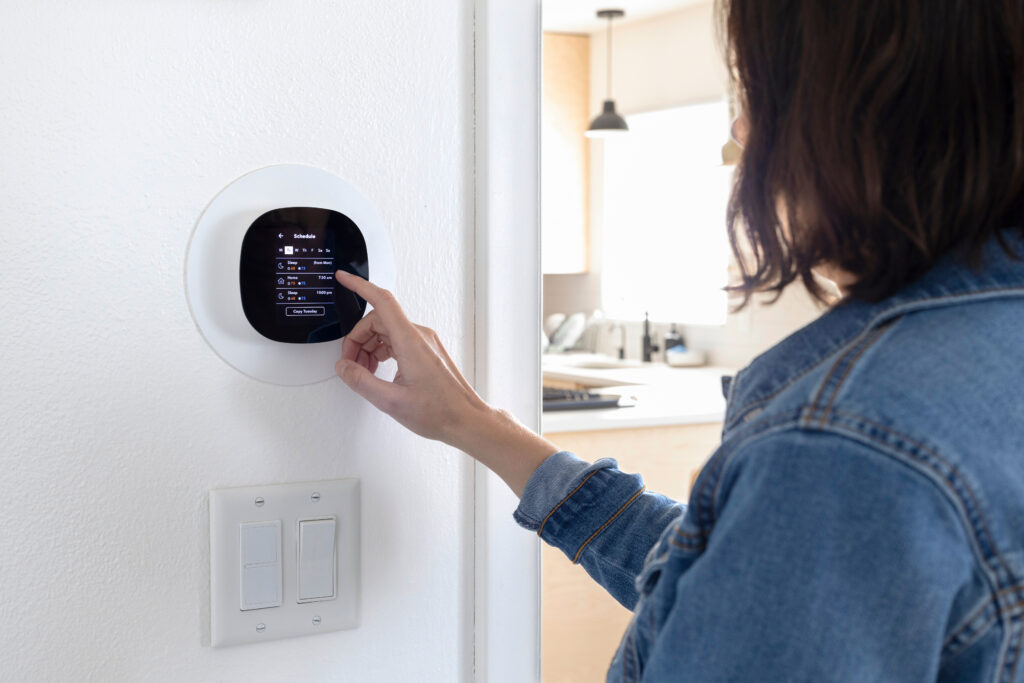How to Get Fire Smoke Smell Out of a House Fast: A Homeowner’s Guide
That post-campfire nostalgia wears off real quick when your entire home smells like an ashtray. Smoke smell, especially from a fire in or near your house, has a way of lingering like an unwanted houseguest. Whether it’s from a rogue toaster incident, a kitchen mishap gone sideways, or outdoor wildfire smoke slipping through closed windows, that smokey stench can burrow deep into fabrics, walls, HVAC systems—everywhere. So let’s get into how to get fire smoke smell out of a house fast, without losing your mind in the process.
Understanding the Impact of Smoke on Your Home’s Systems
First off, let’s set the stage: smoke isn’t just odor—it’s a complex cocktail of particles, gases, and chemicals. When it seeps into your living space, it doesn’t simply evaporate. It clings. It embeds. It infiltrates the fibrous surfaces like upholstered furniture, drapes, carpets, and even your air ducts. Here’s the kicker: if you’ve got a standard central HVAC system hustling around reused indoor air, it can actually circulate the smell more than fix it. That means your comfort system—designed to keep you in climate-controlled bliss—could end up recycling that odor. Gross.
What’s Happening Behind the Walls: HVAC Systems and Smoke
Let’s zoom in on your HVAC system for a sec, because honestly, it plays a bigger role in minimizing smoke smell than people give it credit for. Your HVAC system typically includes an air handler, ducts, filters, and vents. When smoke enters the picture, particularly from a house fire or heavy outdoor fire pollution, these components can become saturated with particles. And those filters that are supposed to trap stuff? Yeah, they have limits—and they’re not exactly designed for chemical odors or fine smoke particles. If yours are clogged or have been in use forever, they’re basically ineffective. That smoky air just keeps circling around your home like it’s looking for a place to settle.
Quick Wins: Fast Steps to Remove Smoke Smell Today
Alright, let’s focus on immediate actions to begin clearing the air—literally. Open everything. Windows, doors, cabinets, drawers—circulation is your best friend right now. Bring in box fans or turn those ceiling fans to high speed. Wash any fabric that survived the smoke assault: curtains, cushion covers, clothing, bed linens—toss it all in the washer with vinegar or baking soda-infused detergent. This may sound like a Pinterest hack, but vinegar genuinely helps break down smoke molecules (just fair warning—it’s also gonna smell like vinegar for a hot minute). And while you’re at it, scrub down all hard surfaces with a solution of dish soap and warm water. That includes walls, baseboards, tile, countertops, shelves—basically anything smoke might have brushed past.
The Deep Clean: When You Need Firepower (Not Literally)
When it’s more than just surface level—that is, if the smoke has been sitting for days or came from an actual home fire—you may need to think a bit bigger. That means investing in specialized equipment like HEPA air purifiers and ozone generators. HEPA filters are solid; they trap microscopic particles and won’t recycle them. Ozone machines are a little controversial (don’t run them while you’re home), but wow, do they destroy odor. They basically neutralize the particles that cause the smell. Professional services also offer thermal fogging, which releases deodorizing fog into the air to reach all those hard-to-access nooks. If your home insurance or home warranty covers fire restoration, look into what assistance you might be entitled to—it’s not just about odor; smoke residue can be corrosive to appliances, too.
Hey, Let’s Talk Appliances: Cleaning the Overlooked Misfits
Alright, moment of honesty—when’s the last time you deep-cleaned your microwave, oven vent, fridge coils, or even your washer and dryer? Exactly. These appliances often soak in smoke unnoticed, especially if the fire event took place in the kitchen or laundry area. You’ll want to give special attention to appliances with filters or vents. Empty, wipe, and deodorize your fridge. Vacuum out dryer vents. Clean the microwave with a bowl of water and lemon juice zapped on high for a few minutes, then wipe it down. And don’t forget the HVAC return vent—pop off that cover and give it a scrub. Appliances carry more smell than you’d think, and every little effort helps your house feel fresh again.
Common Mistakes: What NOT to Do When Clearing Out Smoke Smell
Okay, quick timeout for a public service announcement. Please, for the love of clean air, do not just mask the smell with scented candles, plug-ins, or sprays. Those create a weird smoke-meets-fake-linen situation that is honestly worse than smoke smell alone. Also, resist the urge to ignore your HVAC system. We get it, it’s intimidating, possibly dusty, and probably something you haven’t looked at since move-in. But it needs to be cleaned and—if it’s been exposed to smoke—possibly sanitized by a professional. Lastly, don’t delay. The longer smoke sits, the harder it is to remove. Time is your enemy here.
Ready to Breathe Easy? Here’s Why Armadillo’s Got Your Back
Handling home repairs after a fire or smoke incident can be a total mental load. And if your HVAC or appliances were damaged or worsened by smoke exposure, that’s not a small bill waiting for you—it could be thousands. That’s where Armadillo steps in. With smart and reliable home warranty coverage built for real life, we give homeowners peace of mind when big things break down. Our warranties cover home systems like HVAC, electrical, plumbing, and key appliances, meaning if they go rogue—or just plain stop working due to wear and tear—you’re not stuck covering the cost alone. It’s flexible, fast, and honestly, kind of a no-brainer when disasters (like unexpected smoke incidents) strike. Learn more at armadillo.one or start building your coverage plan today right here: Get my quote. Let’s make sure your home stays the sanctuary it’s meant to be—fresh air and all.


























